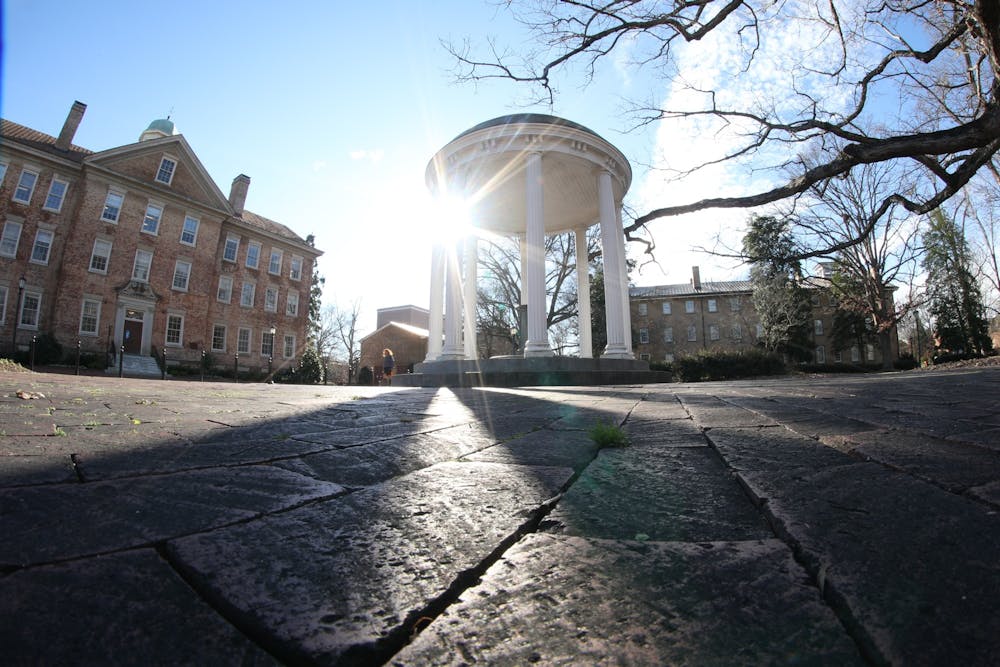What exactly is the “University of North Carolina”?
Your gut impulse is probably to answer that question with something along the lines of “it’s that school in Chapel Hill that loves light blue but hates dark blue.”
And if in everyday conversation someone brings up “UNC”, nine times out of ten they’re talking about everyone’s favorite state flagship university.
But the “University of North Carolina” is more than just UNC-Chapel Hill. Greensboro, Charlotte, Pembroke, Wilmington and Asheville all have distinctive “Universities of North Carolina.” Additionally, Appalachian State University, N.C. State University, East Carolina University, Fayetteville State University, Elizabeth City State University, N.C. Central University and six other institutions, including UNC-Chapel Hill, make up the statewide “University of North Carolina” public universities system.
Overseeing the tens of thousands of students, thousands of faculty members and countless thousands more staff members is the Board of Governors. They are responsible for decisions that can dramatically affect North Carolina’s public universities, and have held an iron grip on the state’s tertiary schools for decades.
Prior to 1971, only six of the state’s fifteen public universities fell under the authority of a consolidated UNC System. Former Governor (and then-president of Duke University) Terry Sanford criticized this disjointed, inefficient setup in September 1971, telling a General Assembly committee that the schools’ “direction, coordination, and governance need reorganization.”
He proposed a new plan, under which all public universities in the state would become part of a united University of North Carolina System. Elected by the General Assembly, this new board would manage the budgets and appoint the chancellors of member institutions. Smaller bodies would then be elected by the members of the System board to govern the day-to-day operations of the individual institutions.
A slightly altered version of this plan soon came to fruition, with the Board of Governors taking over the state’s system of higher education on July 1, 1972. Each school would be directly overseen by a 13-member Board of Trustees composed of eight members appointed by the Board of Governors, four appointed by the governor, and the school’s student body president.
This organizational makeup — a Board of Governors appointed by the General Assembly overseeing Boards of Trustees elected overwhelmingly by the Board of Governors — meant that the state legislature had an enormously powerful grip on how the state’s schools were run.



